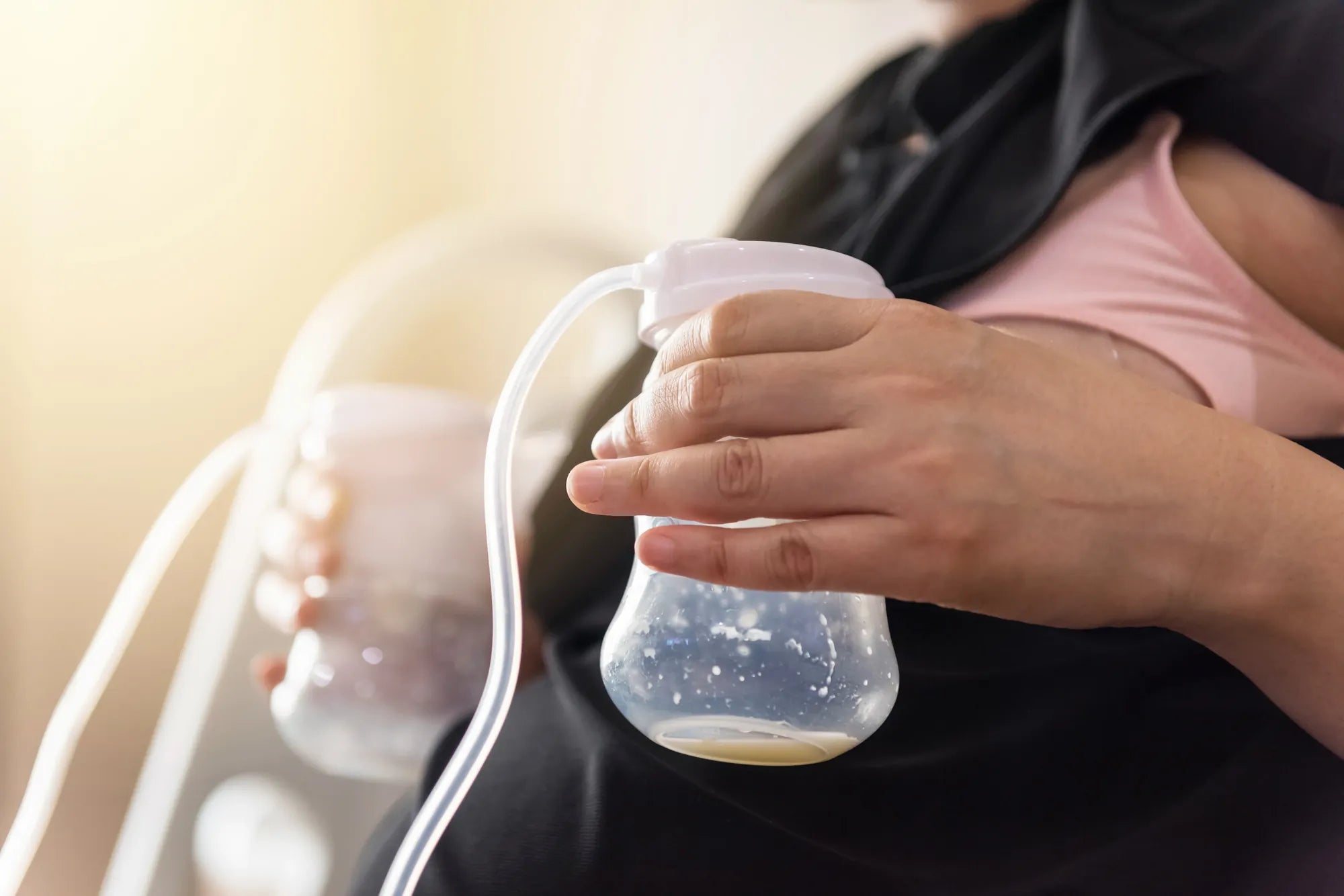Home
Pregnancy, Breastfeeding, and Pumping: The Ultimate Guide for Moms
Do Wearable Breast Pumps Decrease Milk Supply: A Comprehensive Guide

Do Wearable Breast Pumps Decrease Milk Supply: A Comprehensive Guide
For breastfeeding mothers, the convenience of wearable breast pumps has been a game-changer. These devices allow for hands-free pumping, making it easier to multitask and maintain a busy lifestyle. However, a common concern among mothers is whether these innovative devices could potentially decrease milk supply. This article delves into the mechanics of wearable breast pumps, their impact on milk production, and what mothers need to know to make informed decisions.
How Do Wearable Breast Pumps Work?
Wearable breast pumps are designed to be discreet and portable, fitting directly into a bra or nursing top. They use suction technology to mimic the natural sucking action of a baby, stimulating milk flow. Unlike traditional pumps, which often require tubing and external motors, wearable pumps are compact and self-contained. This design allows mothers to pump on the go without the need for additional equipment.
The Connection Between Pumping and Milk Supply
Milk supply is primarily regulated by demand and supply. The more frequently and effectively milk is removed from the breasts, the more the body is signaled to produce milk. Traditional breast pumps have been widely studied and are generally effective in maintaining or increasing milk supply when used correctly. However, wearable breast pumps are relatively new, and their impact on milk supply is still being researched.
Potential Benefits of Wearable Breast Pumps
One of the main advantages of wearable breast pumps is their convenience. Mothers can pump while performing other tasks, such as working, driving, or caring for older children. This increased flexibility can lead to more frequent pumping sessions, which may help maintain or even boost milk supply. Additionally, the discreet nature of these pumps can reduce stress and anxiety, which are known to negatively affect milk production.
Concerns About Milk Supply
Despite their benefits, some mothers worry that wearable breast pumps may not be as effective as traditional pumps in removing milk. If milk is not fully emptied from the breasts during each session, it could signal the body to produce less milk over time. Additionally, the suction strength and fit of wearable pumps may vary, potentially affecting their efficiency. It is crucial for mothers to monitor their milk supply and ensure that their pump is functioning optimally.
Tips for Using Wearable Breast Pumps Effectively
To maximize the effectiveness of wearable breast pumps and maintain milk supply, mothers should consider the following tips:
- Ensure the pump fits properly and creates a good seal to optimize suction.
- Pump frequently, especially in the early postpartum period when milk supply is being established.
- Monitor milk output and adjust pumping duration or frequency as needed.
- Stay hydrated and maintain a balanced diet to support milk production.
- Consult a lactation consultant if concerns about milk supply arise.
What the Research Says
While there is limited research specifically on wearable breast pumps and their impact on milk supply, studies on traditional pumps provide some insights. Effective milk removal is key to maintaining supply, and any pump that achieves this can be beneficial. However, individual experiences may vary, and mothers should pay attention to their bodies and milk production when using wearable pumps.
Personal Experiences and Testimonials
Many mothers have shared positive experiences with wearable breast pumps, noting their convenience and ease of use. However, some have reported challenges, such as difficulty achieving a proper fit or concerns about milk output. These testimonials highlight the importance of finding a pump that works well for each individual and being proactive in addressing any issues.
When to Seek Professional Advice
If a mother notices a significant decrease in milk supply or has concerns about the effectiveness of her wearable breast pump, it is essential to seek professional advice. Lactation consultants can provide personalized guidance and recommend adjustments to pumping routines or equipment. Early intervention can help prevent long-term issues with milk production.
Wearable breast pumps offer unparalleled convenience for breastfeeding mothers, but their impact on milk supply is a valid concern. By understanding how these devices work, monitoring milk production, and seeking professional advice when needed, mothers can make informed decisions that support their breastfeeding journey. With the right approach, wearable breast pumps can be a valuable tool in maintaining a healthy milk supply while accommodating a busy lifestyle.
Share
